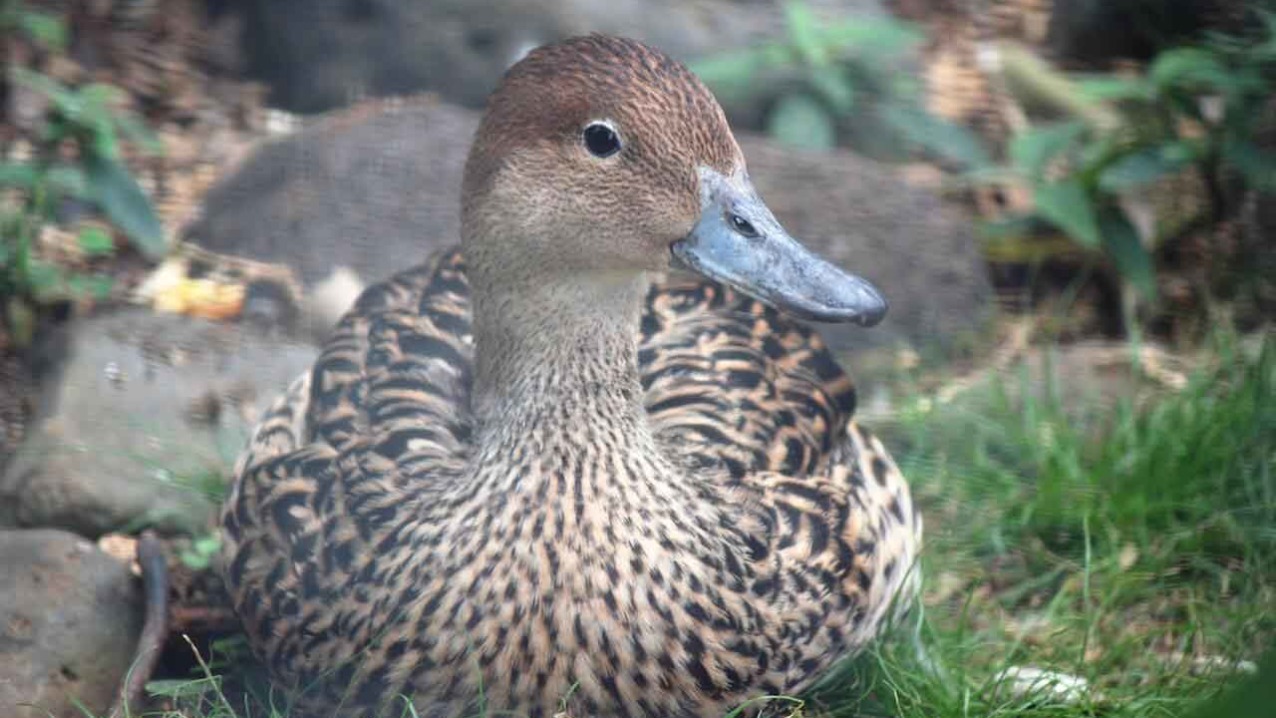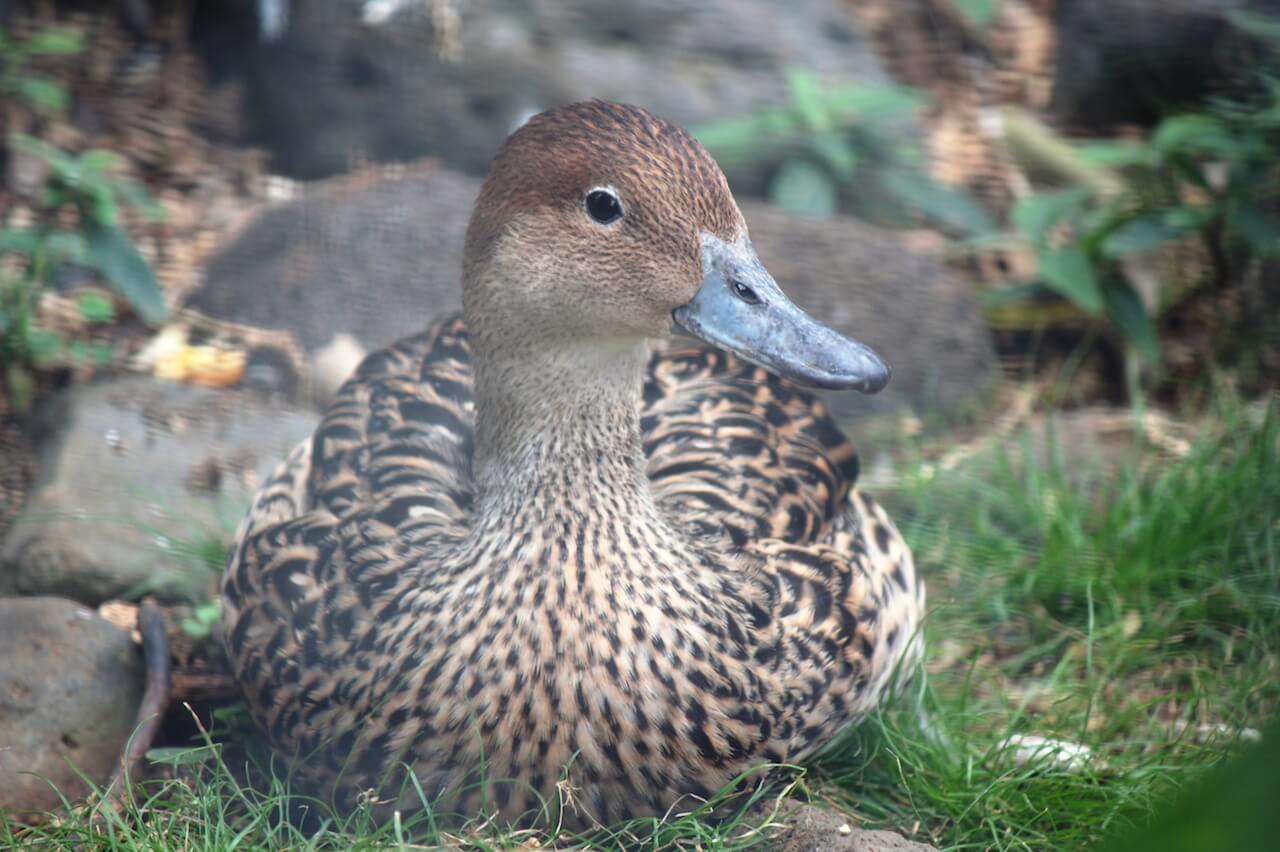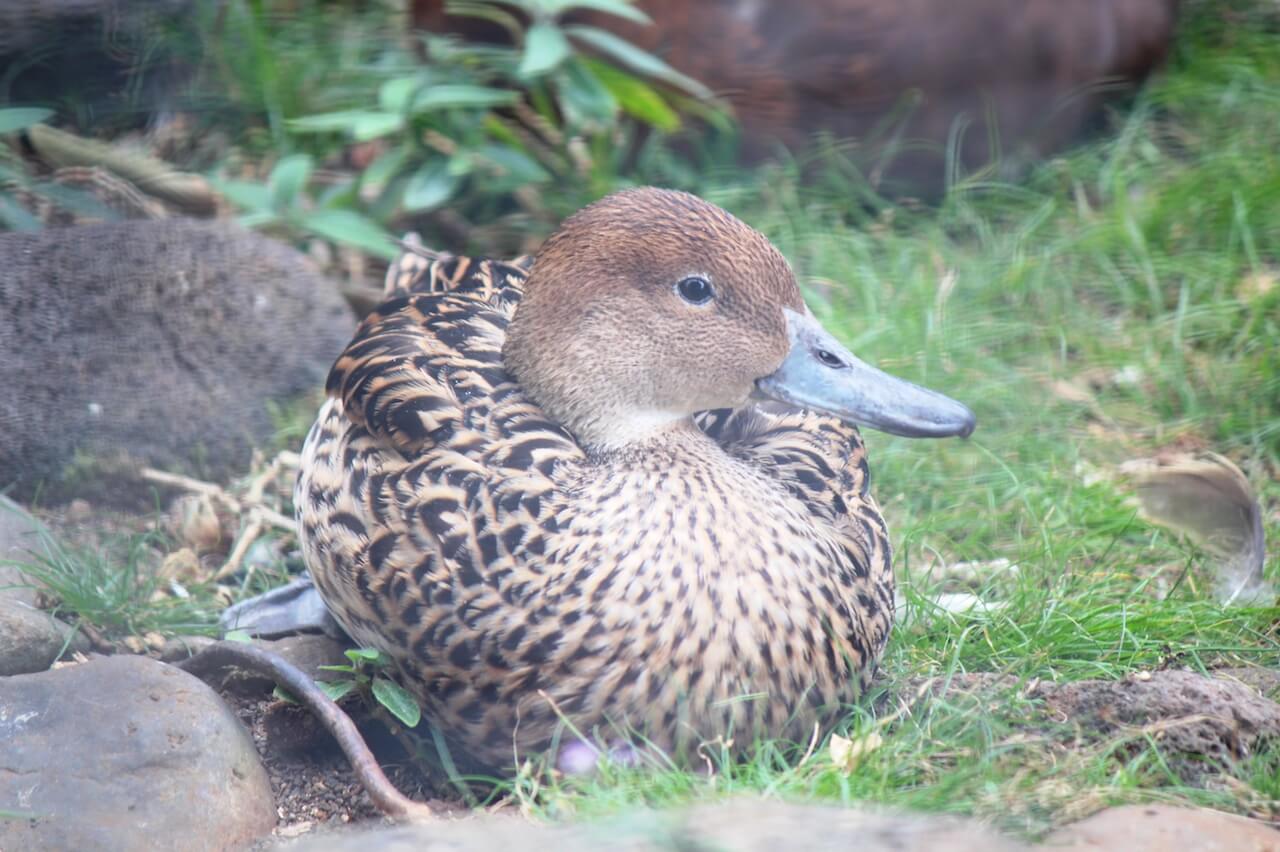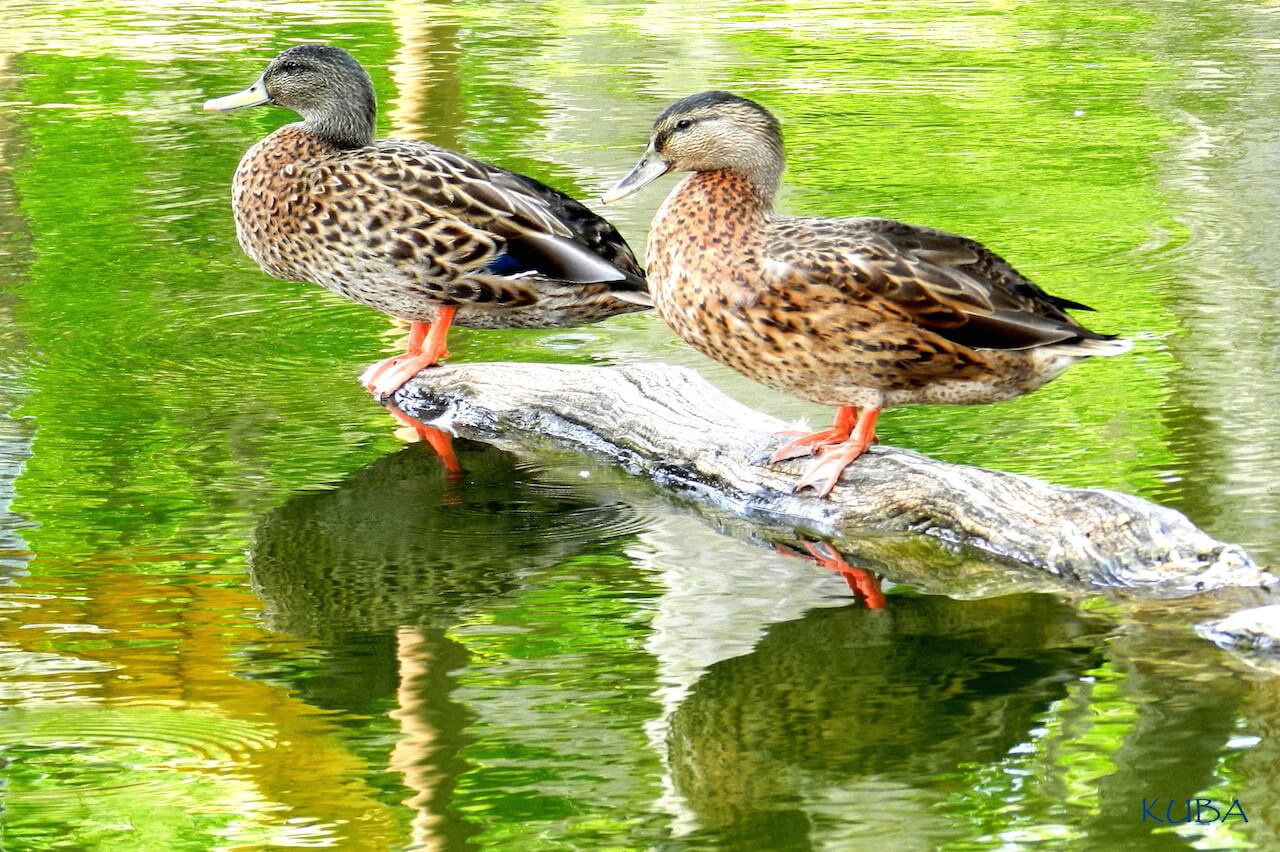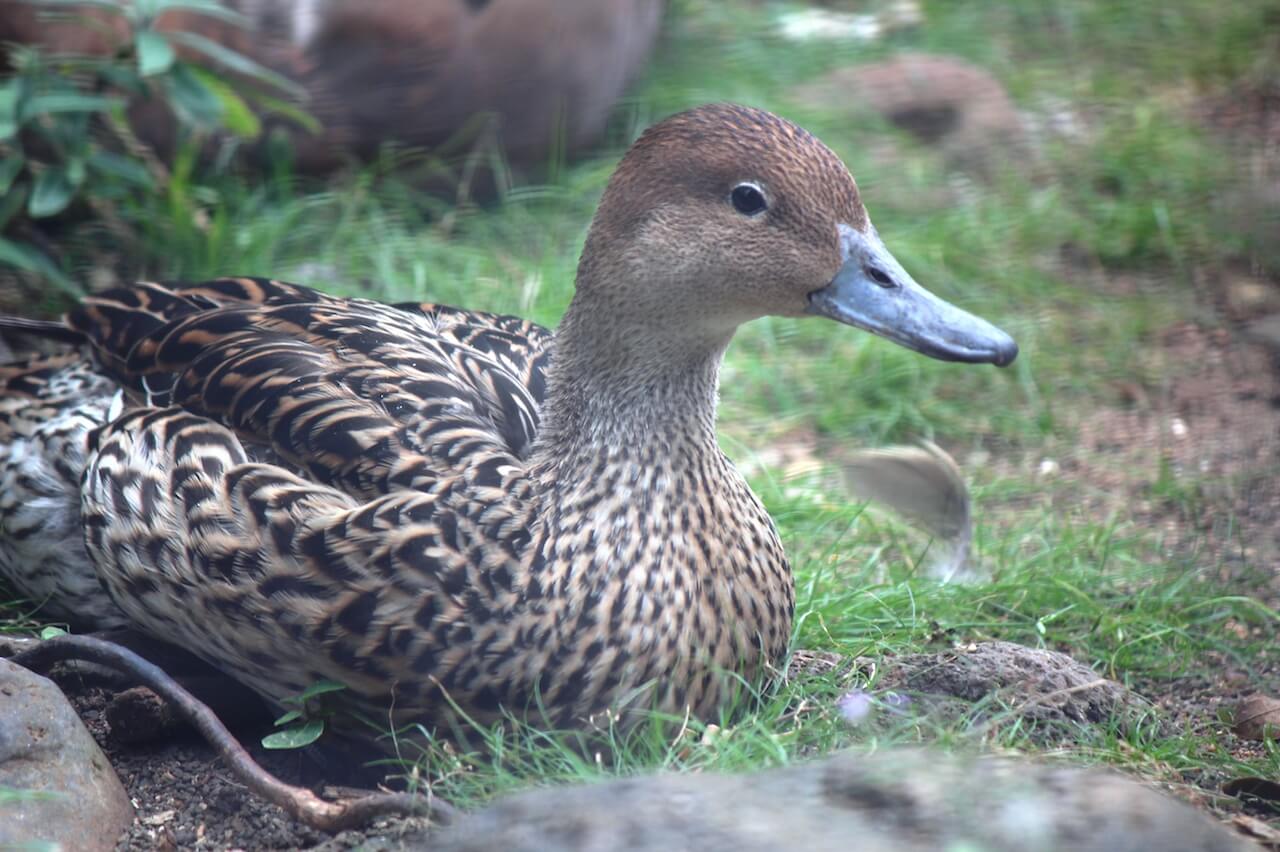anas wyvilliana
Koloa Maoli (Hawaiian Duck)
About Me
Scientific Name: Anas wyvilliana
Description
Koloa Maoli, Anas wyvilliana, are similar to and probably derived from the mallard. They are also known as Hawaiian ducks. Males grow to 19-20 inches, females 16-17 inches. Both sexes are generally mottled brown, resembling a small dark female mallard. The speculum (flight feathers) is green to blue, bordered on both sides by white. The adult male has darker head and neck feathers. The feet and legs of both sexes are orange. The bill is olive green in males, a dull orange or gray with a dark “saddle” in the female.
Fun Facts
- The koloa maoli’s former range included all the Hawaiian islands except Lanai.
- Small, naturally breeding populations have been reestablished on Oahu and Hawaii through the release of birds reared in captivity.
- Kingdom: Animalia
- Phylum: Chordata
- Class: Aves
- Order: Anseriformes
Koloa Maoli, Anas wyvilliana, are similar to and probably derived from the mallard. They are also known as Hawaiian ducks.
Males grow to 19-20 inches, females 16-17 inches. Both sexes are generally mottled brown, resembling a small dark female mallard. The speculum (flight feathers) is green to blue, bordered on both sides by white. The adult male has darker head and neck feathers. The feet and legs of both sexes are orange. The bill is olive green in males, a dull orange or gray with a dark “saddle” in the female.
The koloa maoli’s former range included all the Hawaiian islands except Lanai. Wild populations are still widespread on Kauai. Small, naturally breeding populations have been reestablished on Oahu and Hawaii through the release of birds reared in captivity.
Koloa maoli inhabit lowland wetlands, river valleys, and mountain streams.
Koloa maoli are very secretive and difficult to observe except in protected areas such as Hanalei National Wildlife Refuge on Kauai. These ducks do not normally associate with wintering or domestic mallards, but some interbreeding has occurred.
Koloa maoli quack like a mallard, although they are not as vocal.
Koloa maoli are known to take a wide variety of food including snails, earthworms, dragonflies, algae and the leaf parts and seed of a variety of wetland plants. They are frequently seen feeding in taro fields.
Although some koloa maoli nest year-round, the primary breeding season is from December to May. Two to ten eggs are laid in a well concealed nest lined with down and breast feathers. The young take to water soon after hatching, but cannot fly for nine weeks.
Other Birds
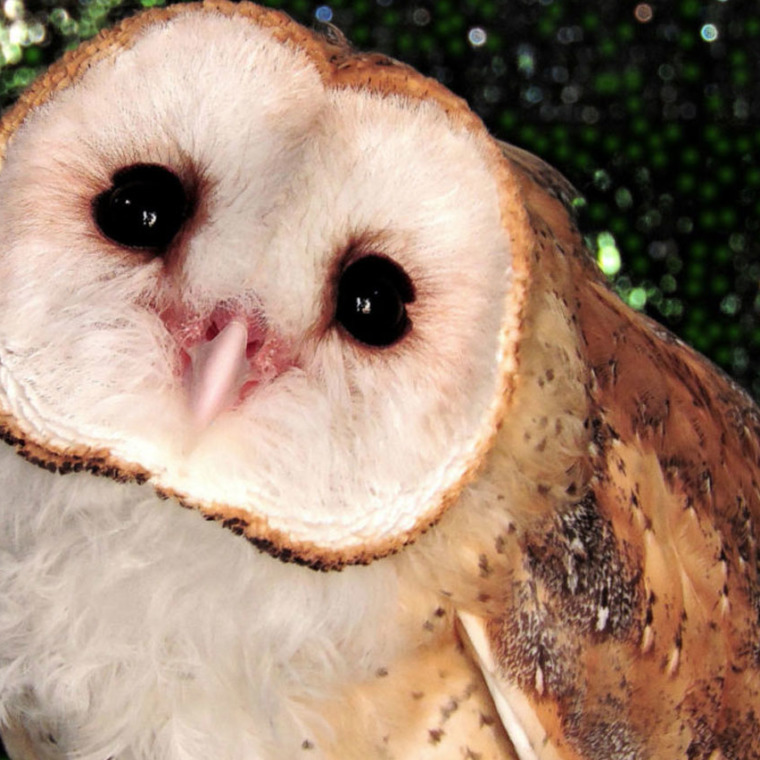
Barn Owls are found throughout the globe, in Europe, Africa, Asia, Austrailia, and the Americas
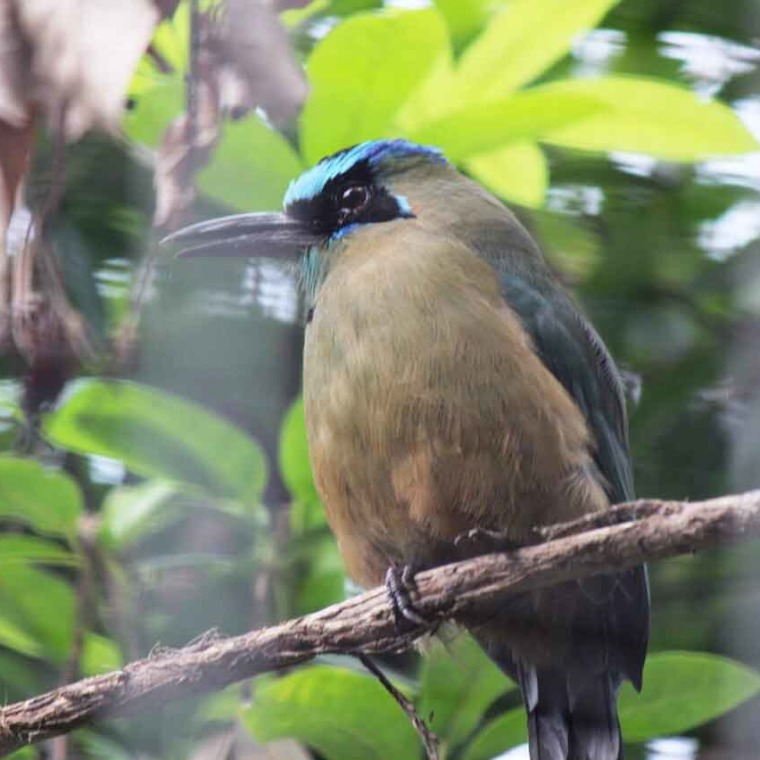
This animal can grow over a foot in length! Motmots possess a serrated beak and red eyes, with a black mask that encircles their heads.
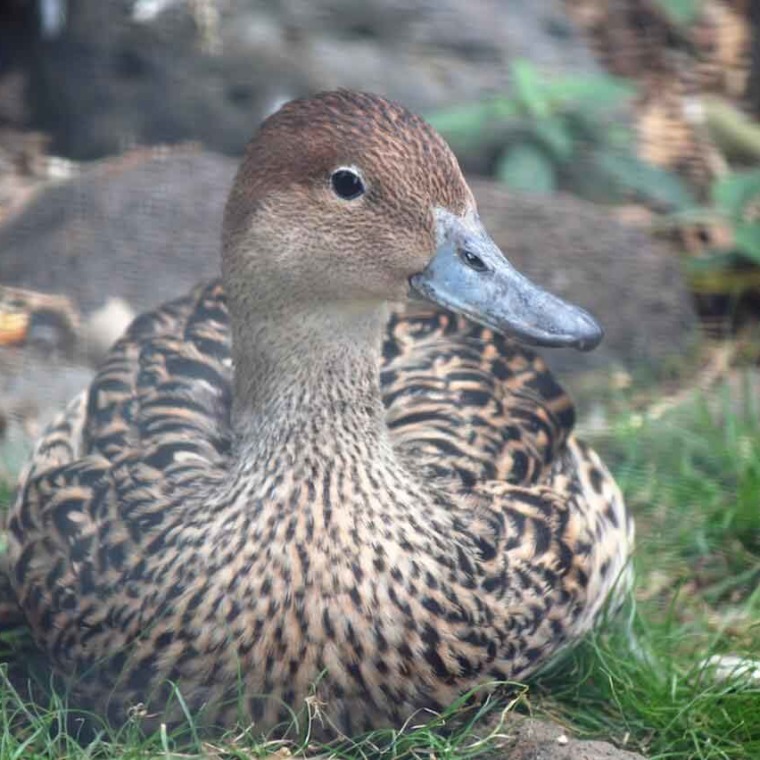
Koloa maoli are very secretive and difficult to observe except in protected areas such as Hanalei National Wildlife Refuge on Kauai.
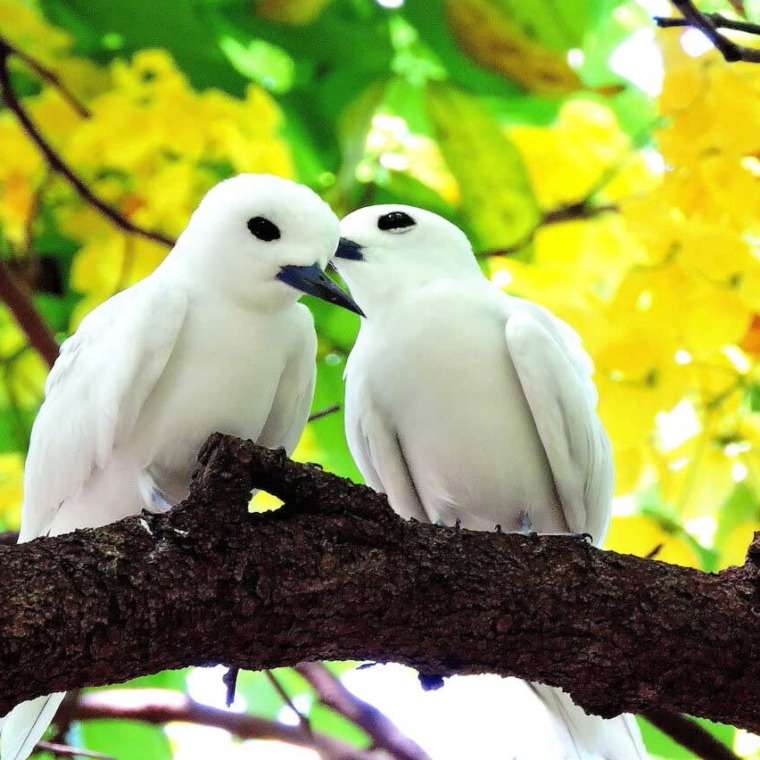
This bird is found primarily on islands, and has a wide ranger across the equatorial band of every ocean on Earth, save for the Arctic Ocean, which does not cross the equator.
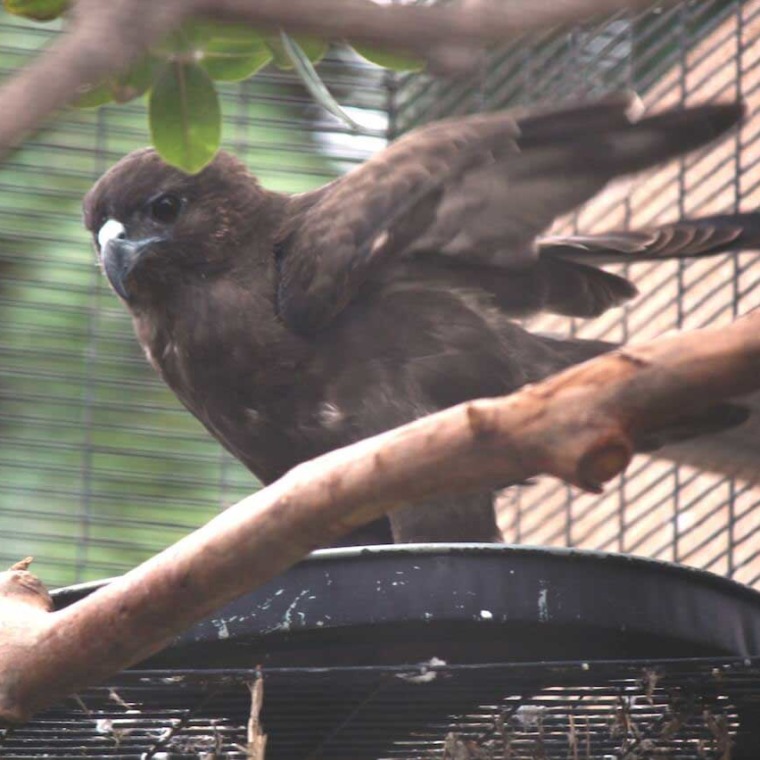
’Io prefer to hunt from tall perches that they use to survey their prey; however, they are known to dive at targets from mid-flight if the opportunity presents itself. are territorial and come together only to breed.


